Last updated on April 15th, 2024
Featured image: Moreangels Mbizah giving her TED Talk on wildlife conservation in Zimbabwe | Photo by Ryan Lash for TED
Mbizah shares her fascinating journey into wildlife conservation in Zimbabwe
by Rupi Mangat
Moreangels Mbizah had never seen a lion or any other wildlife until she was in her 20s. Yet growing up in a small rural town in Zimbabwe, one of the largest national parks with lions was less than a hundred kilometres away. But nobody in her small hometown of Chiredzi knew much about wildlife. Until she saw her first lion in the wild, her ambition was to be a psychologist. Now, as the only Indigenous black woman lion conservationist in Zimbabwe, her focus is to save Africa’s majestic cat together with the communities that live alongside it.
“They say you become attached to the animals you study,” says Mbizah in a TED talk. “That was the case for me with Cecil the lion who I had known for three years until his life was cut short by a trophy hunter on 2nd July 2015 in Hwange National Park. I was heartbroken. I asked myself what if the community living next to him was involved in protecting him? What if I had met him as a 10-year-old school kid instead of when I was 25? Could I or my classmates have changed his life? Perhaps if at school we had more opportunities to interact with wildlife, more of my classmates would be working alongside me now?”
Fact: Lion numbers have declined by 75% in the last five decades in Africa. There are about 23,000 left in the wild, They are threatened by human-wildlife conflict and natural prey decline, as well as habitat loss, climate change and wildlife trade. (Source)
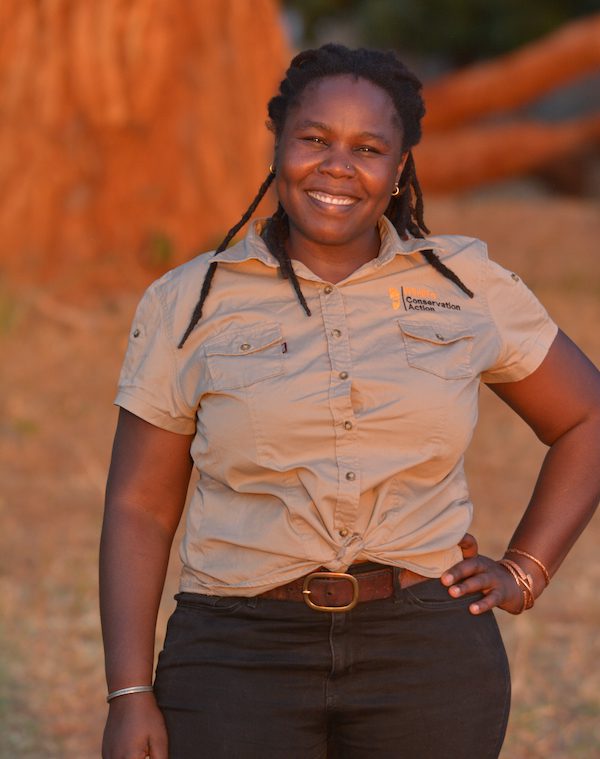
Moreangels Mbizah / Photo provided by Wildlife Conservation Action
A Q&A on how she started her journey in wildlife conservation in Zimbabwe
In 2019, Mbizah founded Wildlife Conservation Action, an organization that builds the capacity of local communities to protect and coexist with wildlife, while improving community livelihood.
Why did you start Wildlife Conservation Action (WCA)?
I had been working in the wildlife conservation sector for 10 years. From experience, I realized that in the past decades, there was a lot of science and research in wildlife conservation but wildlife species were declining and their habitats being fragmented, there was poaching and the illegal wildlife trade rife. We were losing species with no solutions in sight.
It dawned on me that the reason for this was because the role of communities living alongside wildlife was overlooked.
Communities are the custodians of wildlife. I believe that unless local communities want to protect and conserve their wildlife, all conservation efforts are in vain. They share the same ecosystem and bear the cost of doing so. If they don’t have any connection or benefit from the animals, they have no reason to protect them.
What does Wildlife Conservation Action do?
We work in more than 120 villages bordering Matusadona National Park on the banks of River Zambezi where the Tonga people live.
When we started, there was a lot of negative attitude towards wildlife because of the increasing conflicts arising from lions attacking or killing livestock and people (termed as the human-wildlife conflict). The estimated lion population in this area is about 30 to 40 lions. We do not know the actual numbers because there has not been much research done here.
The communities living alongside the wildlife were receiving very little benefit from wildlife and did not want to have anything to do with conservation. Since we started engaging with these communities, there has been a lot of positive impact.
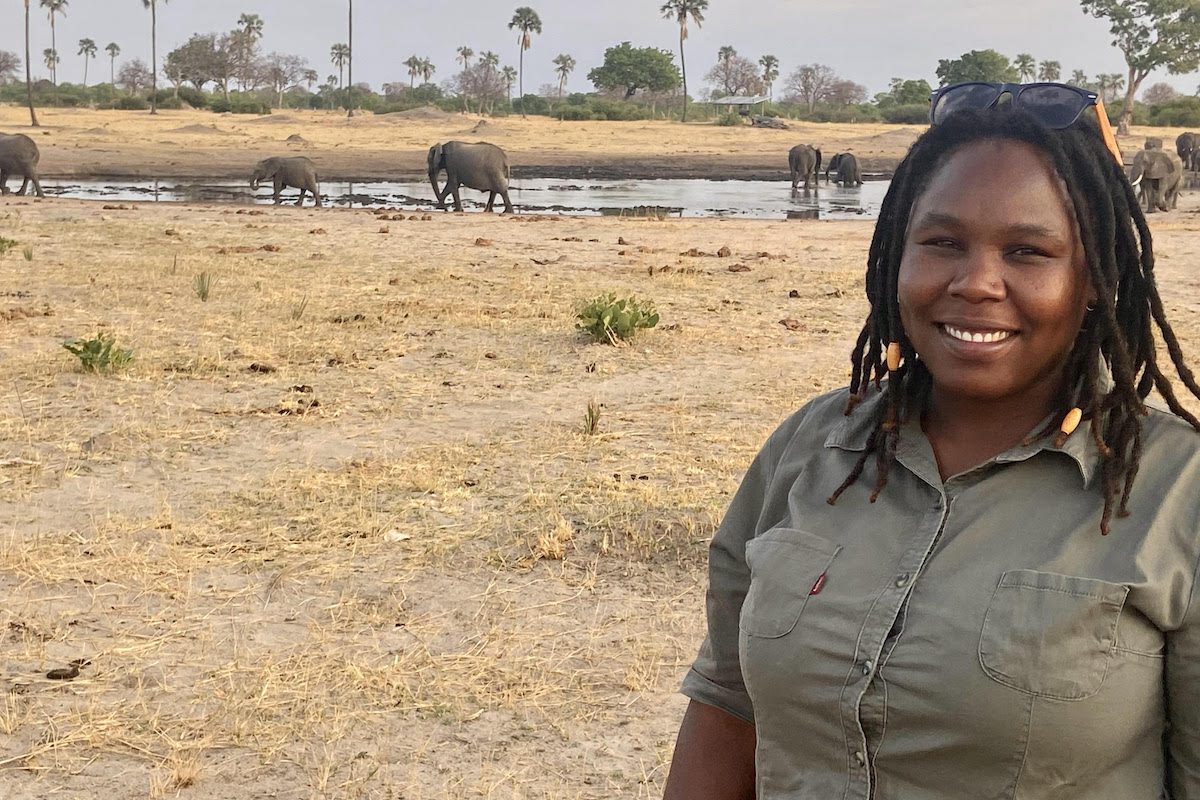
Moreangels with elephants / Photo provided by Wildlife Conservation Action
Tell us more about Wildlife Conservation Action’s projects
We have a programme called the Community Guardian Program which recruits and trains a team of young men and women from the villages being affected by human-wildlife conflict. The Community Guardians are responsible for monitoring wildlife movements, especially lions. They look out for lion paw prints on the ground to see if any is in the area. The word is then spread around by text messaging and word of mouth to ensure that the community and their livestock are safe. The Guardians also have regular meetings bringing the communities together and raising awareness around human-wildlife conflict and conservation.
One of the drivers of livestock predation by lions in the area was the weak livestock kraals (livestock enclosures) made of thickets. Now we have distributed custom-made predator-proof mobile bomas to more than 100 households and these have proved to be 100% effective against lion attacks.
Apart from the lions, elephants raid farms so we plant chillies as a deterrent to keep the crop-raiding elephants away.
In the past, we had about 16 cases of human-wildlife conflict each month. In June 2023, there was not even a single case.
The communities’ attitude towards wildlife is changing, seeing wildlife as our natural heritage and our resource. It involves a lot of public awareness and also reducing the costs that the communities face from living alongside wildlife.
How did you establish Wildlife Conservation Action?
In 2018, I returned to Zimbabwe from the University of Oxford in the UK with my bag of clothes and doctorate degree. I had no job or money. I had also just separated from my husband. I returned to Chiredzi to live with my parents but there were no job opportunities there.
So I decided to go to Harare, the capital. It was tough without money or a job. Then in 2019, I founded Wildlife Conservation Action and the Sebungwe region that is in on the Zimbabwean side of the Kavango-Zambezi Transfrontier Conservation Area (KAZA) became the focus area of the organisation.
We chose to focus our work on Sebungwe region because it was a very remote area, that was difficult to reach because the roads are bad and there was a lot of poaching going on and the lion numbers decreasing. There was very little funding and conservation work there.
Note: KAZA is huge (larger than Germany and Austria combined) and lies in the Kavango and Zambezi river basins where Zimbabwe, Zambia, Namibia, Botswana and Angola meet. It is home to the spectacular Okavango Delta that is the world’s largest inland delta and Victoria Falls (one of the seven natural wonders of the world).
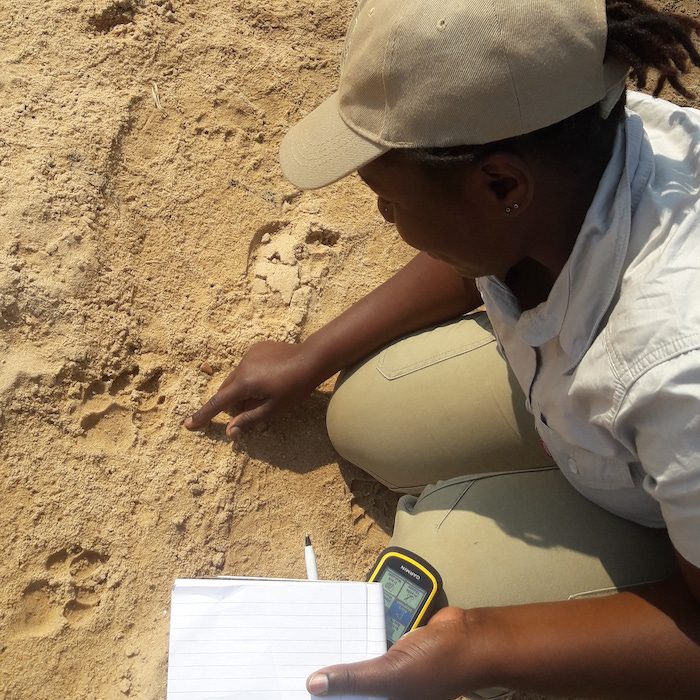
Moreangels taking wildlife spoor details / Photo provided by Wildlife Conservation Action

Holding elephant dung, which contains important information about its diet /Photo provided by Wildlife Conservation Action
What is your hope for the future?
That the local communities co-existing with wildlife are part of every local conservation effort and take the lead in decision-making about the conservation of their natural resources.
To see both communities and nature thriving.
Read more on: Wildlife Conservation Action
Listen to Moreangels’ TED talk here.
More Stories From Women in Africa
How Travel Changes Us: From Grieving Widow to Cheetah Crusader in Kenya
When Michele McCarthy was widowed, she turned to solo travel as a way to reinvent herself as a cheetah crusader in Kenya.
Dr. Shirley Strum: Walking with Baboons in Kenya
Meet Dr. Shirley Strum, founder of Uaso Ngiro Baboon Project in Kenya, who has created baboon eco-tourism projects at Twala-Tenebo Cultural Village to employ women in Kenya.
Kenyan Photographer Martha Mutiso Captures Mothers in the Wild
Kenyan photographer Martha Mutiso captures tender moments of Africa’s magnificent wildlife, celebrating mothers in all their forms.




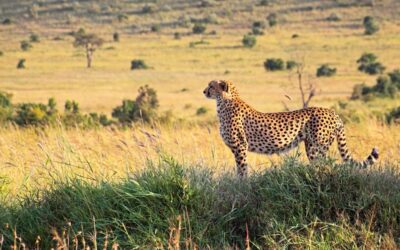
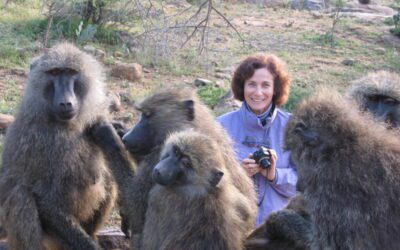
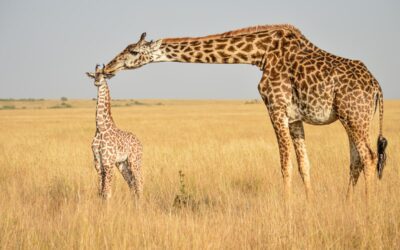
0 Comments
We always strive to use real photos from our own adventures, provided by the guest writer or from our personal travels. However, in some cases, due to photo quality, we must use stock photography. If you have any questions about the photography please let us know.
Disclaimer: We are so happy that you are checking out this page right now! We only recommend things that are suggested by our community, or through our own experience, that we believe will be helpful and practical for you. Some of our pages contain links, which means we’re part of an affiliate program for the product being mentioned. Should you decide to purchase a product using a link from on our site, JourneyWoman may earn a small commission from the retailer, which helps us maintain our beautiful website. JourneyWoman is an Amazon Associate and earns from qualifying purchases. Thank you!
We want to hear what you think about this article, and we welcome any updates or changes to improve it. You can comment below, or send an email to us at [email protected].